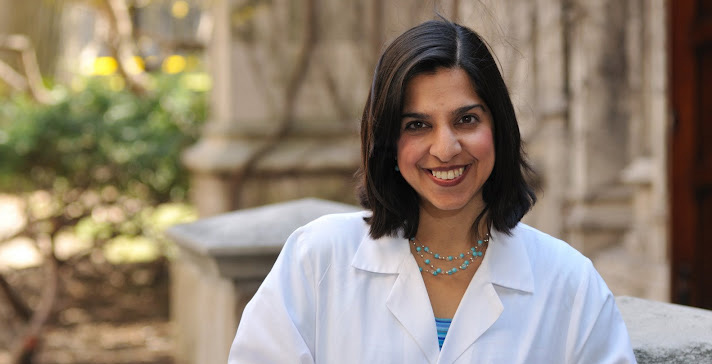During my eight-year tenure as Associate Program Director for our Internal Medicine Residency, I read countless letters of recommendation for aspiring residents, and many were signed by familiar hospitalist friends from all over the country. If you think about how many students and residents come into contact with hospitalists, making sure hospitalists are great teachers is more than just a pride issue, it’s also critical to training the next generation of physicians, no matter what specialty they go into.
Unfortunately, there are many barriers to teaching on the wards today for hospitalists. First and foremost, time is of the essence. Less time worked by residents has increased the clinical workload of teaching attend ings…and what has been squeezed out is time for teaching. Therefore, methods to teach trainees efficiently on the wards are must-have skills for any academic hospitalist. Fortunately, there are two new articles in the Journal of Hospital Medicine that nicely summarize two unique methods to streamline teaching on the wards– the one-minute preceptor and SNAPPS.
Interestingly, both methods have their origins in the outpatient arena, but can be easily adapted to the inpatient setting. One-minute preceptor consists of five steps led by the faculty:
- 1) Get a commitment
- 2) Probe for supporting evidence
- 3) Provide general rules
- 4) Reinforce what was done correctly
- 5) Correct mistakes
So, granted this doesn’t sound like it can be jam packed in “one-minute”, however it still does provide a framework for quick feedback.
In contrast, SNAPPS is a six-step protocol for learners to elicit feedback on their thinking:
- 1) Summarize briefly the history and findings
- 2) Narrow the differential to relevant possibilities
- 3) Analyze the differential by comparing and contrasting the possibilities
- 4) Probe the preceptor by asking questions about uncertainties, difficulties, or alternative approaches
- 5) Plan management for the patient’s medical issues
- 6) Select a case-related issue for self-directed learning.
SNAPPS is certainly more than a minute – and could be much longer!! This is because what is most interesting and unique about SNAPPS is that it is learner-driven, meaning the learner needs to know how to use SNAPPS while the attending provides feedback at dedicated points. While not every learner may be so motivated to learn SNAPPS (or do so efficiently!), it can be powerful for the empowered learners who are able to go the extra mile here.
While I could continue to debate the pros and cons of both methods, I won’t — the review covers each well. And after all, it doesn’t really matter since it is unlikely that we will arrive at a one size fits all approach for all hospitalists and all learners. Therefore, let’s not try to come to a consensus on the approach, but agree that hospitalist-educators should pick a teaching tool and stick to it. As eloquently highlighted by the accompanying editorial, consistency is key – as is communicating what you are doing with your learners. And even more important is that you make the time to teach…and this is the key for hospitalists since resident hours make having your whole team of learners a rarity.
If you are wondering how on Earth to make the time, this is where another a prior review article in Journal of Hospital Medicine (disclosure I am an author on this one!) summarizes how hospitalists can teach on today’s wards for the FUTURE generation. It includes suggestions such as saving teaching points for “rainy days” when workload is low, using guerilla-teaching tactics like teaching about Foley catheters whenever you see one, or routinely embedding teaching into rounds daily (i.e. EKG of the day, or MKSAP of the day). By coupling the classical teaching tools (one-minute preceptor and SNAPPS) with tricks for from FUTURE, you can become a great hospitalist-teacher today!



Very well presented Vineet. Do you think SNAPPS can be efficiently adopted to medical students also. What modifications you suggest for students over residents. As you mentioned a completely agree with time factor and it is more significant with medical students. What do you think?